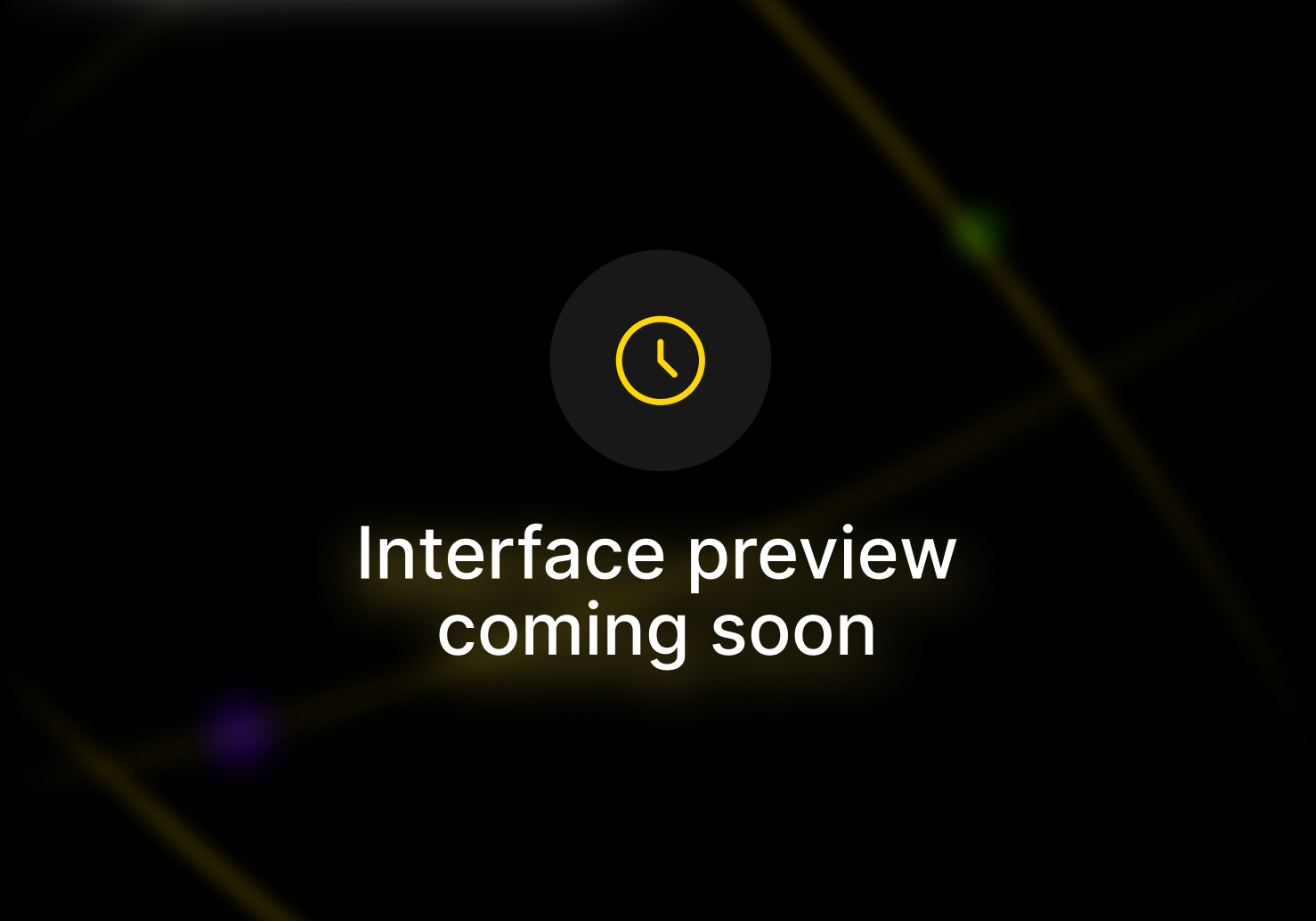
An email nurture campaign is a series of emails strategically sent to guide potential customers through the sales funnel, from initial contact to the point of purchase. This method focuses on building relationships with leads through targeted content that addresses their specific needs and interests at each stage of their customer journey.
The goal is to gently steer the recipient towards making a decision, such as purchasing a product or subscribing to a service, by providing them with valuable information and solutions that cater to their evolving requirements.
For instance, a software company might use an email nurture campaign to connect with someone who has downloaded a free trial of their product. The campaign could start with a welcome email that provides an overview of the software's features. Subsequent emails might include tips for getting the most out of the software, success stories from other users, and exclusive offers for subscription plans. Each email is designed to address potential questions or concerns at specific points in the trial period, encouraging the lead to transition from a free user to a paying customer.
Here's an example of a nurture campaign from Zoom:

In essence, an email nurture campaign is all about timing and relevance. You're playing the long game, building a relationship that's based on value and trust. It's a powerful tool across the board, whether you're in e-commerce, B2B, or any industry looking to convert interest into action. You're not just selling a product; you're inviting your audience on a journey that ends with them wanting to be part of your story.
An email nurture campaign and a broadcast email serve different purposes in email marketing, and they're used to achieve different objectives. Here’s a brief explanation before we move on to a comparison table.
Email Nurture Campaign: This involves a series of emails sent out to gradually guide leads through the sales funnel. The content is tailored based on the recipient's actions or stage in the buyer's journey, aiming to build a relationship and nudge them closer to a purchase.
Broadcast Email: This is a single email sent to a large group of recipients at the same time. It's not personalized to the individual's journey with your brand. Broadcast emails are typically used for announcements, general updates, or promotional offers.
Now, let’s put a few main points of comparison in a table:
|
Aspect |
Email Nurture Campaign |
Broadcast Email |
|
Purpose |
To educate and engage leads over time, leading them towards making a purchase. |
To inform or promote something to all subscribers at once. |
|
Personalization |
Highly personalized, based on the recipient's interactions and data. |
Generally not personalized, same content for all recipients. |
|
Frequency |
Multiple emails over a period, based on the campaign's structure. |
Usually a one-time email, though broadcast emails can be sent periodically. |
|
Content |
Tailored to the recipient's stage in the buyer's journey or interests. |
Broad, aimed at the general interests or needs of the entire email list. |
|
Goal |
To build a relationship and guide the recipient towards a specific action. |
To announce, update, or promote to a wide audience quickly. |




Creating a successful email nurture campaign indeed requires a more nuanced approach than a generic email strategy, with a particular emphasis on automation, planning, and the strategic use of data to guide the journey of each subscriber. Here’s a deeper dive into setting up effective nurture campaigns:
1. Define Your Segmentation Criteria
The foundation of a good nurture campaign lies in understanding your audience segments deeply. Segmentation can be based on various criteria, including demographic information, past purchase behavior, engagement levels with previous emails, and where the subscriber is in the customer journey (e.g., new lead, interested prospect, loyal customer). This segmentation enables the delivery of highly relevant content tailored to each group's specific needs and interests.
2. Map Out the Customer Journey
For each segment, map out the typical customer journey from initial contact to post-purchase. Identify key touchpoints, potential objections, and questions your subscribers might have at each stage. This mapping will guide the structure of your nurture campaign, helping you determine the number of emails needed, their content, and the best timing for each.
3. Develop Personalized Content Streams
Based on the customer journey mapping, create content that addresses the needs and interests of each segment at different stages. This might include educational resources for those at the awareness stage, product comparisons for those in the consideration stage, and user testimonials or reviews for those nearing a purchase decision. Each piece of content should aim to move the subscriber to the next stage of their journey.
4. Automate Email Delivery
Utilize an email marketing automation platform to set up the delivery of your nurture emails. Automation allows you to trigger emails based on specific actions taken by the subscriber, such as downloading a white paper, making a purchase, or even browsing certain pages on your website. You can also set up time-based triggers for follow-up emails, ensuring that subscribers receive timely and relevant content without manual intervention.
5. Implement Lead Scoring
Lead scoring involves assigning points to leads based on their engagement with your content and their demographic information. This process helps identify which leads are most likely to convert, allowing you to tailor your nurturing efforts more effectively. For example, a lead that opens every email and downloads content might be scored higher and moved more quickly through the sales funnel than one who rarely engages.
Implementing your nurture emails successfully requires more than just a solid strategy and compelling content; you also need the right tools to manage the complexity and dynamics of email marketing campaigns efficiently. This is where SendX can significantly help.
With SendX, you gain access to an intuitive, all-in-one email marketing platform that simplifies the process of creating, automating, and optimizing your email nurture campaigns. It offers advanced features that are essential for managing high-volume email strategies without compromising on deliverability. Here’s how SendX stands out as an indispensable tool for your email marketing needs:
In the complex landscape of email marketing, having a reliable, feature-rich platform like SendX can make all the difference in the success of your nurture campaigns. By leveraging SendX’s comprehensive suite of tools, you can efficiently manage your email marketing efforts, personalize your communications, and drive meaningful engagement and conversions. Claim your 14-day free trial here.